How Alien Species Affect Shawnigan Lake
by AnonymousA breif look into how the introduction of alien species can devistate lakes ecosystems focusing on Shawnigan Lake, BC.
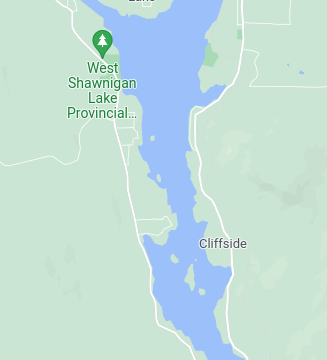
1In 1 playlists
By Anonymous
Shawnigan Lake is located 5 km east of the town of Mill Bay in Cowichan Valley, about 48 km from Victoria on Vancouver Island in British Columbia.
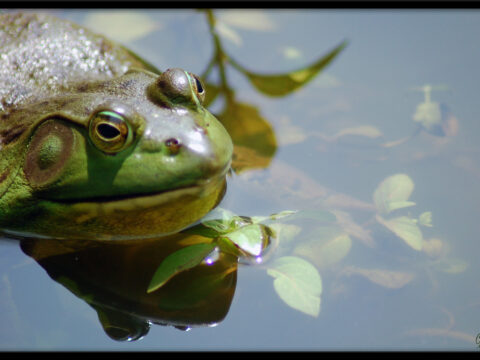
1In 1 playlists
By Anonymous
An alien species is a living thing that is introduced to an ecosystem, and not being native or meant to be there. These species frequently have a negative effect on the ecosystem by outcompeting the Indigenous species in that niche or directly predating on it.
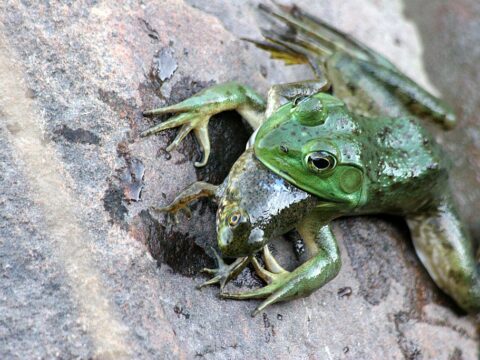
1In 1 playlists
By Anonymous
With these invasive/alien species, their effect on the lake can be different depending on the species. One of the negative effects of invasive species is that native species such as crayfish and bullheads have almost been erased from the lake's ecosystem, as well as Pumpkinseed Sunfish have destroyed Stickleback populations as well as feeding on amphibians.

1In 1 playlists
By Anonymous
After the introduction of both Smallmouth and Largemouth Bass, the Shawnigan crayfish population has been decimated along with other native species such as western chorus frogs, long-toed salamanders, and rough skin newts. This is because the bass directly predate on these native species.
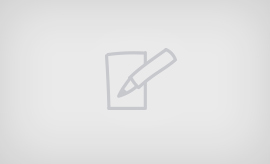
1In 1 playlists
By Anonymous
Alien
- Milfoil
- Smallmouth bass
- Yellow perch
- Wall lizard
- Pumpkin Seed Sunfish
- Largemouth Bass
- Bullfrog
- Brown bullhead
- Prickly Sculpin
- Brown trout
- Rainbow Trout
- Cutthroat trout
- Stickleback
- Pacific Chorus Frog
- Western Toad
- Roughskin Newt
- Long Toed Salamander
- Northwestern Salamander
- Mink
- Beaver
- Muskrat
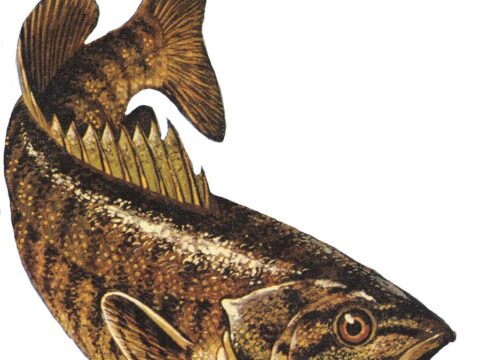
1In 1 playlists
By Anonymous
Bass was brought in from Eastern USA to fuel the sportfishing industry in the early 1900s. While they are a very exciting sport fishing fish, they have a voracious appetite for anything that fits in their mouth and can decimate Indigenous species.
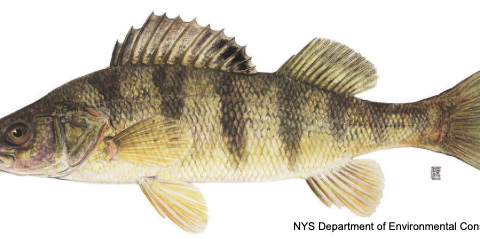
1In 1 playlists
By Anonymous
Yellow perch were introduced into Washington State in the late 1800s as stock fish for private ponds and aquariums. They travelled through the river systems and also might have been spread through people using the fish as bait, and spread around with boats.
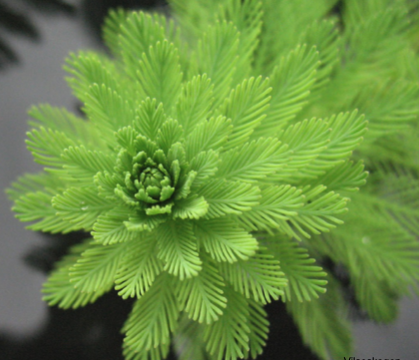
1In 1 playlists
By Anonymous
Milfoil was first observed in Okanagan Lake in 1970 and was introduced as a result of its increased popularity as a decoration in aquariums. It has since moved around and been spread in the bilge waters of sports fishing boats, along with their propellers. It is now considered the most widespread and invasive water plant in Western Canada.
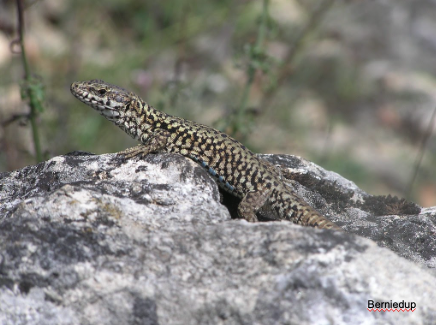
1In 1 playlists
By Anonymous
The Common Wall Lizard was introduced to the Saanich Peninsula sometime during the 1960’s. Their population has since exploded and while little is known about the damage they do, and, it is generally thought that they should have been eradicated in the 1970’s. They are voracious predators of insects, plus reptiles and their eggs.

1In 1 playlists
By Anonymous
Pumpkinseed Sunfish were introduced in the early 1900s into the Columbia river basin. They were introduced as a way to control small fish populations and to add a food source for the bass. According to the DFO have “contributed to the extirpation of stickleback pairs on Vancouver Island”

1In 1 playlists
By Anonymous
Bullfrogs were introduced in the 1930s for the frog-leg industry because of their meaty legs. They have since spread as a result of human ignorance releasing unwanted pets. Like bass, they will eat pretty much anything that they can fit in their mouth including small fish, birds and reptiles.

1In 1 playlists
By Anonymous
Some ways we can fight back against these invasive species include a bounty on invasive fish species such as large/smallmouth bass, Government-funded cleanup programs for Eurasian water Milfoil, identification of bass breeding sites and removal of eggs, Start conducting surveys of invasive species populations as a benchmark for future programs
